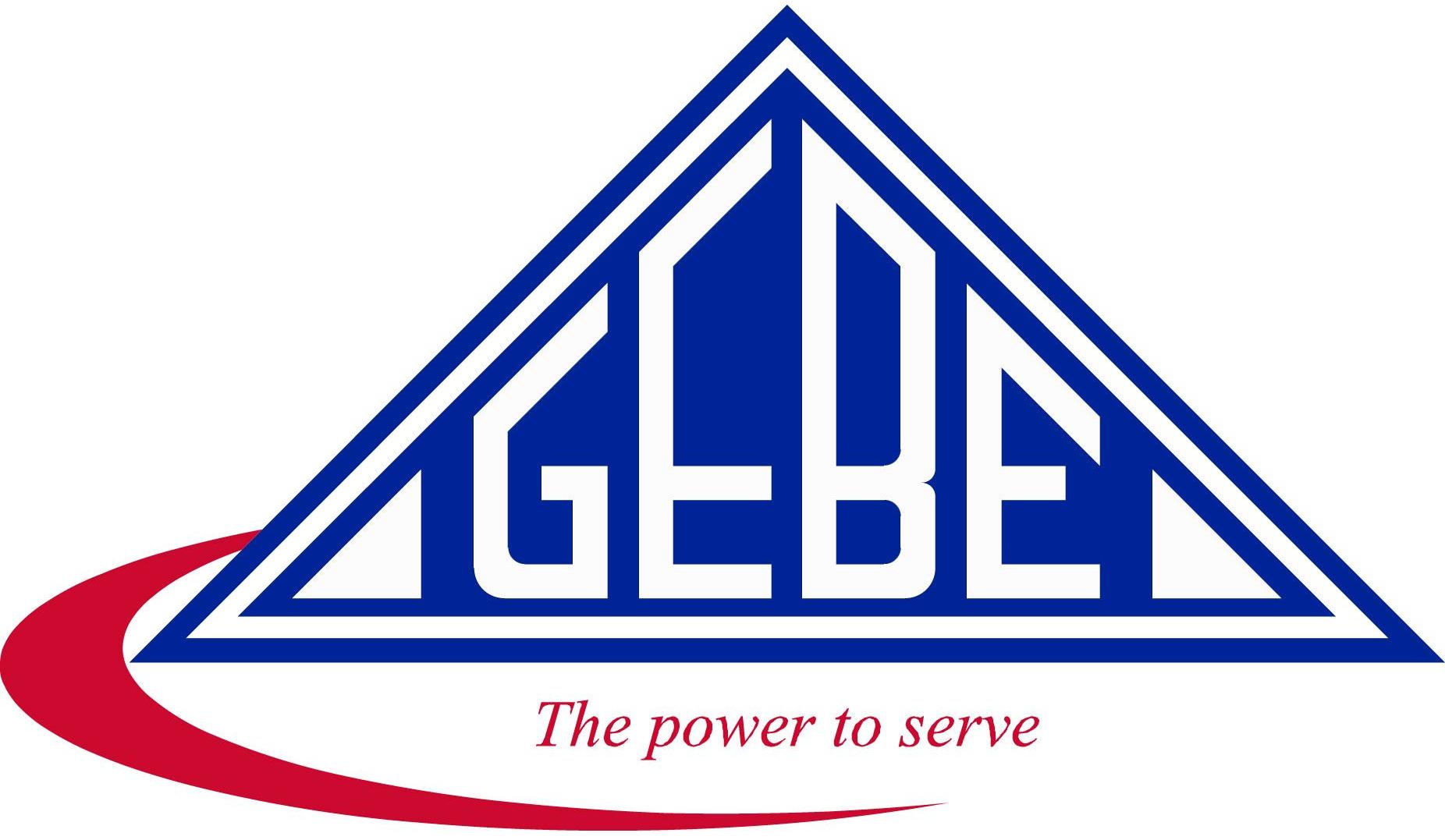Storm Restoration Process
When power goes out, our restoration process begins as soon as conditions are safe for our professionals. We are committed to resolving outages as quickly as possible and technology is helping us do it faster than ever before.
How We Restore Power
Severe weather and other unpredictable events occasionally hit our island, causing damage to electrical equipment that disrupts the flow of power to homes and businesses. We do our very best to prepare for these circumstances so that when they do occur, we are ready to immediately begin the important work of restoring power to affected areas. Safety is our top priority, so our damage assessment and restoration process only starts once the storm has cleared and it’s safe for our personnel to work. After addressing life threatening, safety and health situations, we repair equipment that will restore power to the greatest number of customers first. The sequence is as follows:
1. Downed live wires or potentially life-threatening situations, and public health and safety facilities without power.
2. Transmission lines that carry electricity from the power plant to thousands of customers.
3. Substation equipment that controls electricity flow to communities.
4. Main distribution lines serving large numbers of customers.
5. Secondary distribution lines serving neighborhoods.
6. Service lines to individual homes and businesses.
When it comes to power restoration, we ask that our customers please be patient and understand that with such a complex system, certain high-impact equipment must be repaired before service to individual homes and businesses is possible. We realize the extreme discomfort and frustration that living through a power outage brings to our customers. With each storm we strive to learn as much as we can so that next time we are able to restore your power more seamlessly and efficiently than ever before.
Restoring Your Power
How long will it take?
When you call us to report a power outage, we provide an estimate for restoration based on current reported field conditions.
We are continually working to improve our ability to provide you with accurate restoration estimates. Several considerations come into play when estimating restoration times. One important factor, particularly after a large storm, is completion of our damage assessment. Until the assessment is done, it is hard to provide a restoration time, especially in cases where we have sustained extremely high numbers of outages.
Other factors that affect restoration times include:
• Weather
• Accessibility to damaged areas
• Coordination with other agencies working on the storm restoration, such as public works and tree removal, and changing public safety and health priorities.
• Repair crews may discover additional or more complex problems that require additional time, equipment or crews.
Note that a GEBE crew may leave your neighborhood before your power is restored for many reasons, including:
• They were fixing a feeder that does not serve your home.
• They may need specialized equipment to finish repairs.
• They were securing downed wires for follow-up by repair crews.
• There could be more than one location on the power line that is damaged.
• Another area may need to be repaired to activate your service.
Preparing For Emergencies
• It is important that customers who use life-support equipment or their caregivers make arrangements ahead of time to prepare for potentially long-lasting interruptions in service.
• You may want to ask a relative or friend if you can stay with them. Another option is to research whether or not a portable generator is appropriate for your situation.
• Customers who experience medical distress due to a power outage should seek medical assistance.
• If you or someone you know uses life-support equipment that requires electricity to operate, identify a location with emergency power capabilities and make plans to go there or to a hospital during a prolonged outage.
Preventing Power Outages
Our power grid is often at the mercy of Mother Nature. Despite the unpredictability of the weather, there are steps that we take to reduce the likelihood of power outages and speed up the restoration process when they do occur.
Prepare and pre-empt
Even before a storm strikes, we mobilize crews and put repair equipment in place just in case they are needed, sometimes calling in reinforcements from other utilitiy companies in the and region. We take every threat very seriously.
Implementing innovations
As technology progresses, we are constantly updating and maintaining our equipment so that our service area will be served by the most advanced and reliable 21st century power grid. Smart meters, advanced switches, and computer integration allow us to quickly pinpoint outages, reroute electricity through undamaged lines, and provide more accurate restoration estimates.
